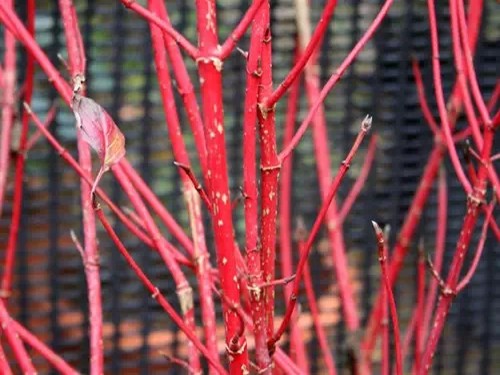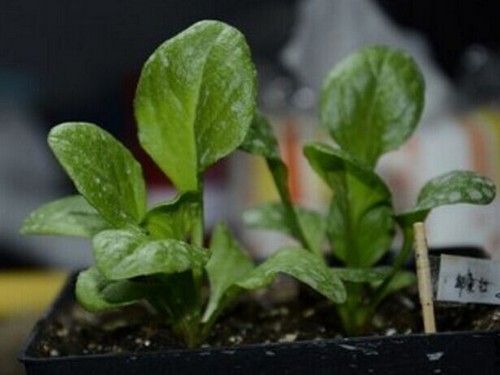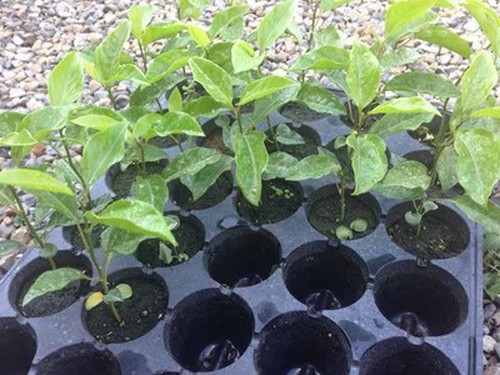Key points of planting techniques of Redwood
Redwood has bright red autumn leaves, white fruits and coral-like branches after falling leaves. It is not only a rare ornamental stem plant and ideal winter landscape tree species, but also a good cut flower material. Most of the gardens are planted on the lawn or planted alternately with evergreen trees, resulting in the effect of red and green, which also brings more surprises to the depressed winter landscape.

Redwood is also known as red stem wood, cool wood, lampstand tree. Cornaceae, Cornus. The flowers are small, yellow and white. The florescence is from May to June. Drupe obliquely ovoid, white or slightly bluish purple at maturity, ripening from August to September. Redwood has strong habits and wide adaptability. The key points of its cultivation and management are as follows:
1. Extremely cold-resistant, drought-resistant, pruning-resistant, light-loving, deep, moist but fertile and loose soil.
2. It can be propagated by cutting, sowing, striping, etc.
Cuttings-1 to 2-year-old strong branches should be cut at the end of autumn as cuttings, stored in winter and inserted into the soil in late March of the following year. After rooting, thin liquid fertilizer should be applied once a month.
Sowing-it should be noted that seeds should be stored in sand for 120 days before spring sowing
Striping-it can be put on a ring brake in the first ten days of May, and then buried in the soil. After taking root, it will be divided and transplanted with the mother plant in the following spring.
3. During the planting of Redwood, 10 to 15 kg of rotten compost should be applied to each hole as base fertilizer, and then ditch should be opened every spring or autumn to apply topdressing.
4. The sprouts in early spring should be renewed and pruned to truncate the branches of the previous year, promote them to germinate new branches and keep the branches red.
5. When the growth of the old plant is weak and the skin is astringent and the flower is old, we should pay attention to the renewal. One or two buds can be left at the base, and the rest can be cut off. After the new branch germinates, it can be restored in the same year.
6. Easy to suffer from stem rot, 4-5 Baume sulfur mixture can be sprayed in March sprouting, 1 ∶ 1 ∶ 200 Bordeaux solution before rainy season; floating dust occurs in autumn, which can damage branches and affect ornamental, and dimethoate 1 or 0.5 Baume sulfur mixture can be sprayed.
Time: 2019-05-25 Click:
- Prev

Planting methods and matters needing attention of potted daisies
It is spring, and many people are thinking about whether they should plant some flowers and plants to decorate their rooms. The editor received a message from an editor saying that he liked an old Korean movie Daisy very much, and he wanted to try some, so he asked me if it was so good.
- Next

Planting technique of passionflower (passion fruit)
Passionflower, also known as passion fruit, is a perennial vine that has no erect trunk and fixed tree shape and grows by climbing trees or other objects under natural conditions. Passionflower is a tropical fruit tree, which is not cold-resistant and likes light and high temperature. it is planted in the mountains of northern Guangdong and is cultivated seasonally.
Related
- Fuxing push coffee new agricultural production and marketing class: lack of small-scale processing plants
- Jujube rice field leisure farm deep ploughing Yilan for five years to create a space for organic food and play
- Nongyu Farm-A trial of organic papaya for brave women with advanced technology
- Four points for attention in the prevention and control of diseases and insect pests of edible fungi
- How to add nutrient solution to Edible Fungi
- Is there any good way to control edible fungus mites?
- Open Inoculation Technology of Edible Fungi
- Is there any clever way to use fertilizer for edible fungus in winter?
- What agents are used to kill the pathogens of edible fungi in the mushroom shed?
- Rapid drying of Edible Fungi

